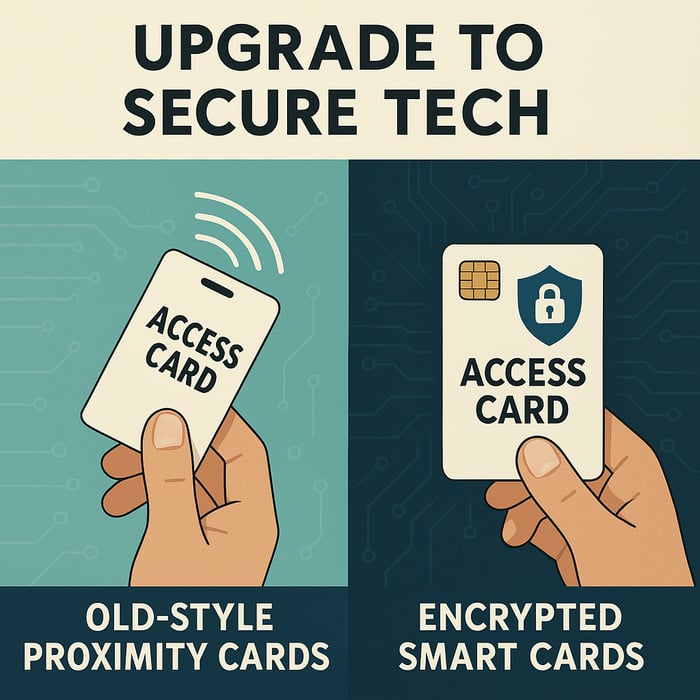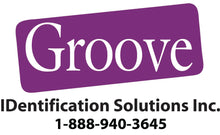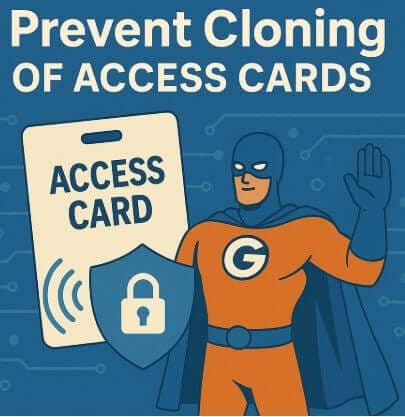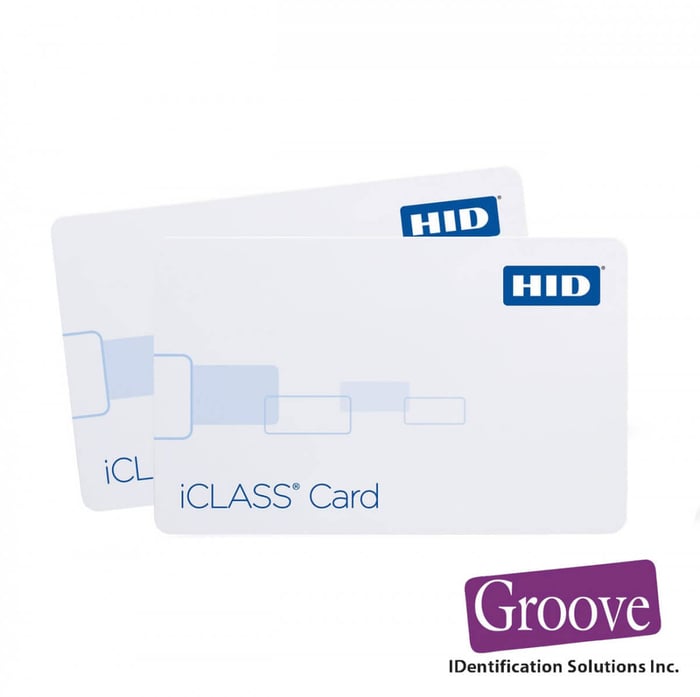HID Card Technologies Explained: Can They Be Cloned?
Can HID Cards Be Cloned? When it comes to securing facilities, assets, and personnel, choosing the right access card technology is critical. HID Global is a market leader in credential technologies, offering a wide range of solutions such as Proximity (Prox), iCLASS, Seos, and MIFARE. But with technology evolving, so do the methods that malicious actors use to breach systems—including card cloning.
In this blog, we’ll break down the different HID card technologies, explain how they work, and discuss Can HID Cards Be Cloned. We'll also provide tips on how to protect your organization from unauthorized duplication.
 Can HID Cards Be Cloned
Can HID Cards Be ClonedWhy Card Cloning Matters
Card cloning involves creating a duplicate of an access card without authorization. Once cloned, the new card can be used to bypass security checkpoints. This represents a major vulnerability for any organization relying on outdated or easily compromised card technologies.
Can HID Cards Be Cloned. Not all HID cards are created equal. Some are very secure, while others—especially legacy models—are easier to clone. Let’s look at the key types of HID technologies and assess their cloning risk.
1. HID Proximity (125 kHz)
Overview
HID Prox cards, often referred to as “Proximity cards,” operate on a 125 kHz low-frequency signal. They are the oldest and most widely deployed card type from HID. Common models include HID ProxCard II and ISOProx II.
How It Works
These cards use a simple radio frequency transmission to send a facility code and card number to a reader. There is no encryption or authentication between the card and reader.
Can It Be Cloned?
Yes. HID Prox cards are highly vulnerable to cloning. Devices like the Proxmark3 or even smartphone-based NFC readers with external antennas can be used to read and duplicate these cards.
Security Level
Low. Since the card transmits a fixed code without encryption, it can be intercepted and copied with minimal effort.
2. HID iCLASS (13.56 MHz)
Overview
HID iCLASS cards operate at 13.56 MHz and were introduced as a more secure alternative to Prox cards. They support mutual authentication and can carry additional data.
Variants
iCLASS Standard (iCLASS 32k/16k/2k)
iCLASS SE
iCLASS Elite
How It Works
iCLASS uses an encrypted communication protocol and mutual authentication between the reader and card.
Can It Be Cloned?
Standard iCLASS: Yes, with effort. While more secure than Prox, standard iCLASS cards have been shown to have cryptographic weaknesses. Tools like iCopy-X or other specialized hardware can sometimes clone these cards.
iCLASS SE and Elite: Significantly harder to clone. These versions use HID's Secure Identity Object™ (SIO) data model and stronger encryption, making unauthorized duplication extremely difficult.
Security Level
Standard iCLASS: Moderate
iCLASS SE/Elite: High
3. HID Seos
Overview
Seos is HID's most advanced credential technology. It is highly secure and supports both physical and mobile credentials (HID Mobile Access®).
How It Works
Seos uses multi-layered encryption and a secure data model (SIO). It offers mutual authentication and supports over-the-air updates for mobile credentials.
Can It Be Cloned?
No. As of this writing, there are no publicly known successful cloning attempts of Seos cards or mobile credentials. Seos provides end-to-end encryption and randomized identifiers, making cloning virtually impossible.
Security Level
Very High. Ideal for high-security environments and forward-thinking organizations.
4. HID MIFARE and DESFire (via OMNIKEY and HID readers)
Overview
HID supports third-party chipsets like MIFARE Classic and MIFARE DESFire through its OMNIKEY readers and multi-tech credentials.
MIFARE Classic
Cloning Risk: High. MIFARE Classic has known vulnerabilities in its encryption algorithm (Crypto-1). It can be cloned using tools like the Proxmark3 or MIFARE Classic Tool.
MIFARE DESFire EV1/EV2
Cloning Risk: Very Low. DESFire uses AES encryption and advanced authentication protocols. EV1 and EV2 versions are extremely difficult to clone.
Security Level
MIFARE Classic: Low
MIFARE DESFire EV1/EV2: High to Very High
5. HID Crescendo (Smart Cards for Logical and Physical Access)
Overview
Crescendo cards combine physical access with logical access (e.g., workstation login). They are typically used in high-security environments with smart card support.
Can It Be Cloned?
Highly Unlikely. These cards use PKI and digital certificates that make cloning essentially impossible without access to cryptographic keys.
Security Level
Very High
Summary Table: HID Technologies and Cloning Risk
| Technology | Frequency | Can Be Cloned? | Security Level |
|---|---|---|---|
| HID Prox (125 kHz) | 125 kHz | Yes | Low |
| HID iCLASS Standard | 13.56 MHz | Yes, with effort | Moderate |
| HID iCLASS SE/Elite | 13.56 MHz | Very difficult | High |
| HID Seos | 13.56 MHz | No | Very High |
| MIFARE Classic | 13.56 MHz | Yes | Low |
| MIFARE DESFire EV1/2 | 13.56 MHz | No | Very High |
| HID Crescendo | 13.56 MHz | No | Very High |
How to Protect Your Organization
Can HID Cards Be Cloned? If you're still using low-security cards like HID Prox or MIFARE Classic, now is the time to consider an upgrade. Here are some steps you can take to minimize cloning risks:
1. Assess Your Existing System
Audit the type of credentials currently in use across your organization. Identify any use of 125 kHz or other vulnerable formats.
2. Upgrade to Secure Technologies
Move toward Seos, iCLASS SE, or DESFire EV2 credentials. These options offer robust encryption and modern data protection.
3. Enable Mobile Access
Mobile credentials using HID Seos offer an added layer of security and convenience. These are harder to lose and nearly impossible to clone.
4. Use Multi-Factor Authentication
Combine cards with PINs, biometrics, or mobile authentication for sensitive areas.
5. Work with a Certified HID Partner
Partnering with an Authorized HID Solution Provider like Groove Identification Solutions ensures proper implementation and support.
Conclusion
Can HID Cards Be Cloned? That’s a question we hear often, and the answer depends entirely on the type of card you're using. Legacy cards like HID Prox and MIFARE Classic are highly susceptible to cloning, while modern technologies like Seos and iCLASS SE offer robust encryption and advanced authentication methods that make cloning virtually impossible.
Understanding which HID card technology you're currently using—and whether it exposes your organization to potential security threats—is the first step toward a safer, more reliable access control system. At Groove Identification Solutions, we specialize in helping organizations across Canada transition from vulnerable credential formats to secure HID solutions that are tailored to their needs and budget.
Beyond helping you answer questions like "Can HID Cards Be Cloned?" we also provide everything you need to support your photo ID and access card program. This includes secure Proximity cards, smart cards, HID Mobile Access, and Seos credentials, as well as photo ID card printers, printer ribbons, PVC cards, badge holders, lanyards, and visitor management tools. Our goal is to be your go-to partner for every part of the credentialing process.
Whether you're looking for better card security, easier management, or simply want to reduce your costs, our experienced team is here to guide you every step of the way.
Reach out to us today for a free consultation or to request a complimentary sample kit—we’re happy to help!
Contact us Now!
Phone: 1-888-940-3645




